How AI & Machine learning are shaping the future of Risk Management
Over 90% of competitive businesses worldwide are leveraging AI (artificial intelligence) and machine learning technologies. Most of the time, these are for bots that would help with booking a hotel or a backend service that optimizes billing. However, many risk managers are integrating the same tools to address, predict, and organize risk vulnerabilities.
Having a tool that works around the clock to detect anomalies and ensure better industry compliance is a significant benefit, especially for companies with extensive oversight, such as finance, large staff, or those related to cybersecurity.
AI and ML (machine learning) are not just buzzwords. They are not dreams of a future world yet to be achieved. The technologies are being integrated right now, and your business needs to get involved to remain competitive. Here are just some of the ways AI and ML will reshape the future of risk management.
Better Risk Assessment
In the past, risk management was used for reactive assessment. An incident would happen, and teams would figure out what went wrong and how not to make the same mistake twice. Machine learning helps provide predictive analysis, rather than relying on reactive systems. Algorithms are trained on historical trends and transaction patterns that help identify potential problems before they happen, leading to better accuracy.
Swiss Re, the reinsurance giant, is already leveraging AI for risk assessment through the Life Guide Scout tool. The generative AI model is an effective underwriting assistant that offers precise responses to whether an individual, business, or other organization is too risk-averse to insure, drastically speeding up a process that would typically take five or ten times as long.
Better yet, every response reinforces the feedback loop, so over time, the generative AI becomes “smarter” and more aligned with company goals.
Streamlined Processes
Efficiency in risk management has a lot more to do with reducing friction than finding vulnerabilities quickly. You want a powerful AI to automate many of the mundane, repetitive tasks that traditionally take away time from your workforce. That will lower the instances of human error and increase availability for other, more versatile functionality.
HSBC is using AI to streamline its anti-money laundering compliance. Instead of having a massive workforce to manually double-check over 900 million transactions across 40 million customer accounts each month, their internal AI can do the work for them. This system flags accounts that require deeper human analysis and lowers the chances of non-compliance with government and industry regulations.
AI and ML are 24/7 tools. Such systems do not require sleep or breaks to ensure functional operations. Imagine how a business could grow if human resources could spend their time focused on customer needs and product development.
Boosted Decision Making
The trouble with any AI or machine learning tool is that you could have all the data on risk management in the world, but if you don’t translate it into actions, it’s useless. AI helps by taking raw input and transforming it into visualized trends, scenario simulations, and outcome formats. Systems like Pirani Operation Risk Management Software utilize a simplified dashboard that collates information for faster decision-making.
AIG is a perfect example of such integrations. It uses machine learning for more precise catastrophe modeling. That way, clients have a better understanding of how to manage environmental concerns and weather events, such as hurricanes, earthquakes, or wildfires. Executives use that information to reinforce needs, coordinate response teams, and make better data-driven decisions about coverage exposure based on scenario planning.
Reporting Likelihood & Impact
Recognizing the risk is the first step. Quantifying the likelihood of that risk and measuring its potential impact on a business, client, or organization is the next natural step. Effective risk mitigation strategies must include resource allocation, likelihood weighing, and probability of impact, among other factors, all presented in an easy-to-understand report that can be shared throughout the organization.
Think about a global shipping firm based in the UAE. The strategic location of such a firm, coupled with positive government support and the fact that it is only 8 hours away from two-thirds of the global population, makes it a potential powerhouse. Using machine learning helps estimate the probability of disruption from port congestion, weather, and historical shipment delays. The daily report of such predictions can be used to appropriate resources where and how they are needed.
Real-Time Notifications
Speed is a crucial benefit of AI and ML in the future of risk management. Being able to immediately respond to manageable issues before they escalate into full-blown crises helps companies stay afloat when competition is tight. Abnormalities and vulnerabilities must be flagged in real-time and notifications sent to all relevant stakeholders.
Siemens does this by using predictive maintenance tools across all industrial sectors and manufacturing plants. Sensors on various equipment feed into data collection points, providing operational data that is uses machine learning to clean and recognize any potential failures or signs of danger. That ensures maintenance teams are deployed before a breakdown, reducing costs and the need for emergency repairs.
Improves Cross-Team or Sector Communication
Finally, the future of risk management is bright because AI and ML remove the additional concern of data fragmentation. Siloed departments or disconnected systems are eliminated, allowing everyone involved to see the “whole” picture of a vulnerability. This improves communication and ensures greater awareness through a unified lens for compliance.
American Express utilizes this type of AI to detect customer behavior in real-time and alert all relevant departments, including fraud prevention, customer service, and security teams. Having multi-angled communication allows the company to respond faster to concerns related to security and potential errors that might harm a customer relationship.
Points to Remember
It is essential to remember that while AI and machine learning offer significant value to all levels of risk management, they also have some limitations. Companies need to take careful consideration of how such tools will integrate into current systems, especially with:
- Bias: The AI being used is only as good as the people programming its root functions. If there is inherent bias in the humans developing the tool, they will likely translate into its usage.
- Data Quality: Information must be cleaned and confirmed before being used for analysis. Without that data verification, decisions will be made on false ideas or risk assessments.
- Privacy: Over 71% of adults say data privacy is a primary concern. Without proper security protocols, AI and ML can naturally leak info. Constraints must be implemented to prevent such issues.
- Legacy Systems: The cost of developing a personalized AI model can be high if legacy systems are involved. Integrating modern tools with systems unaccustomed to such technologies is a challenge.
Most importantly, human oversight is still necessary. AI and ML transform how risk management evolves, but nothing can replace experienced human judgment. Having that contextual view means high-impact decisions still get the cultural, legal, or strategic nuance needed.
The Future of Risk Management is Bright
AI and machine learning in risk management are no longer an optional part of running a modern business or organization. Tools that help reduce risk, human error, and compliance issues are necessary for growth and business resilience.
Companies using modern tools like Pirani Risk Management Software minimize losses, avoid penalties, and decentralize information. It enhances compliance by leveraging national and international regulations and standards, providing a strategic advantage through simplified reporting, around-the-clock monitoring, and immediate notifications.
If your organization is poised to stay “ahead of the curve,” solutions like Pirani are necessary assets for improving the future of risk management, which learns as you grow and adapt to future changes.
Try Pirani Today – It’s Free to Get Started
Curious about what your risk management process would look like with Pirani?
Want to learn more about risk management? You may be interested in this content 👇
You May Also Like
These Related Stories
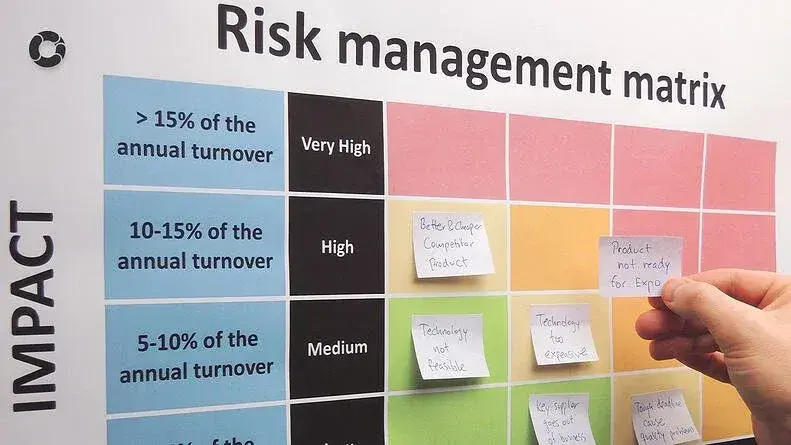
Heat map: a tool to optimize risk management
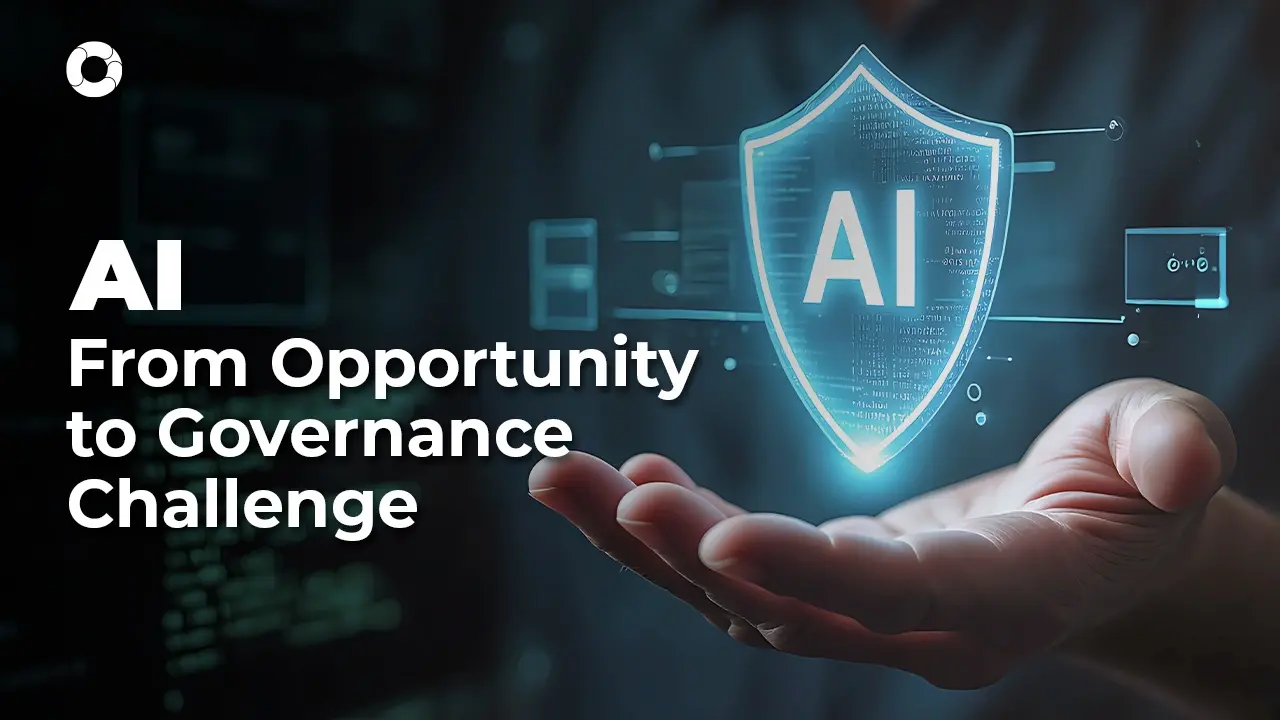
AI in Risk Management: From Opportunity to Governance Challenge

Learn 5 strategies to manage risk
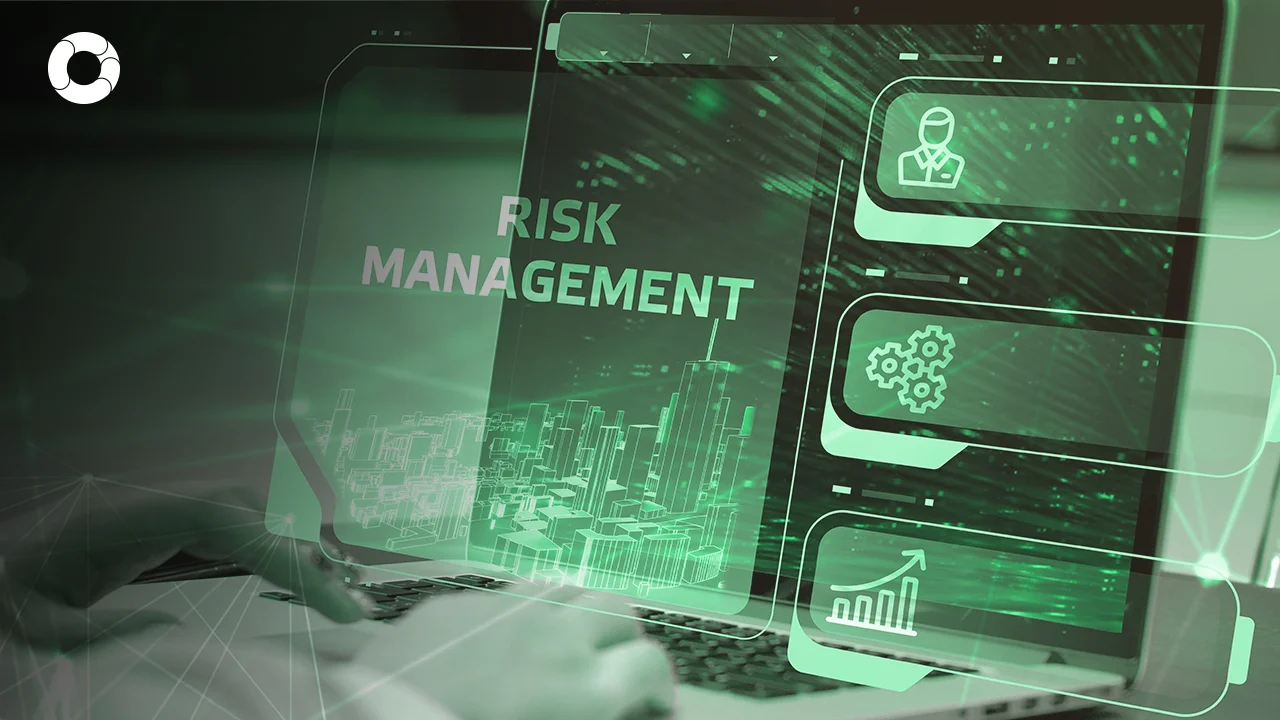
Trends and Future in Operational Risk Management
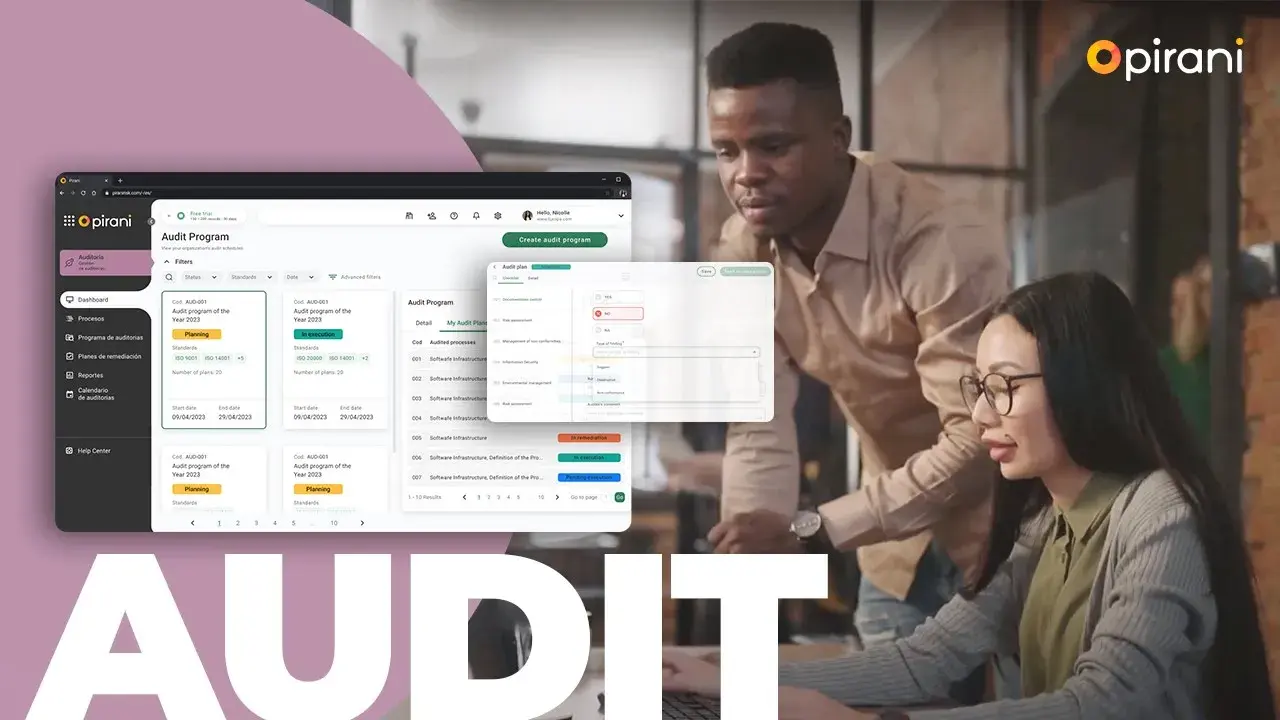
How to make an internal audit plan?
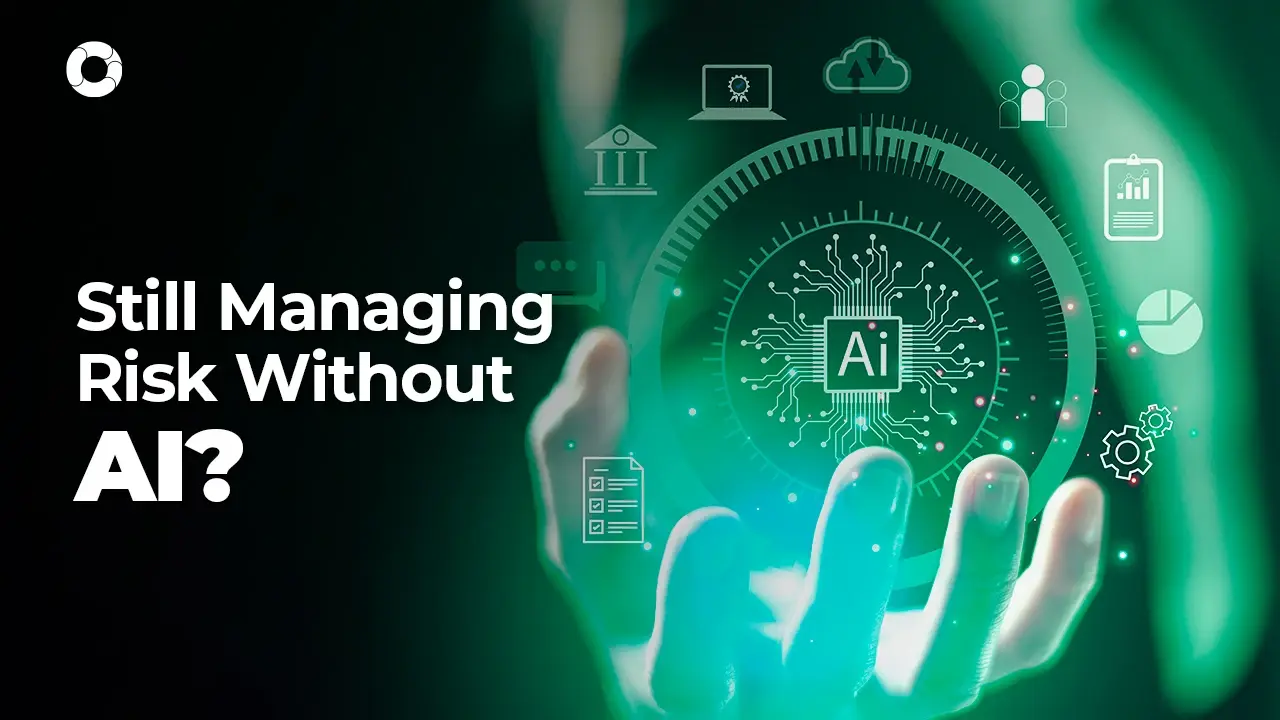


No Comments Yet
Let us know what you think